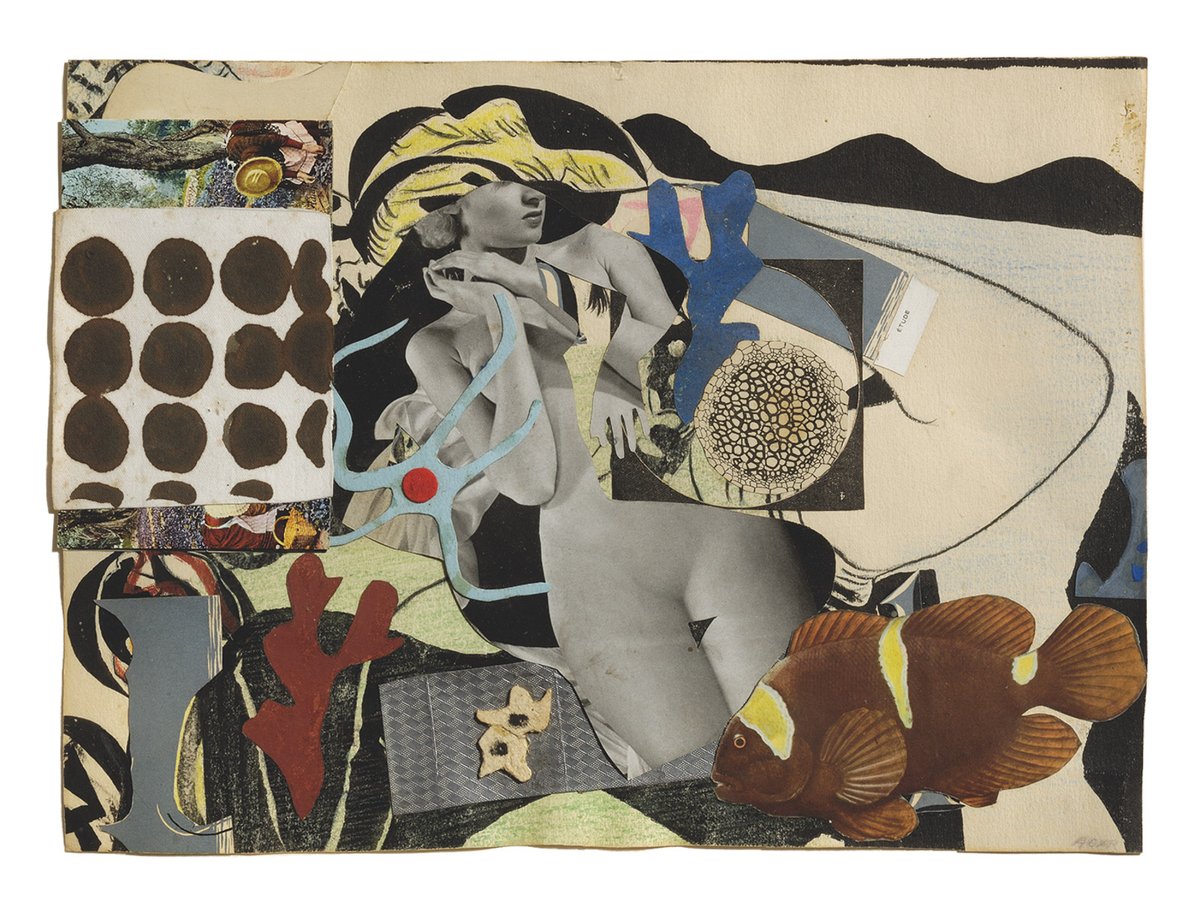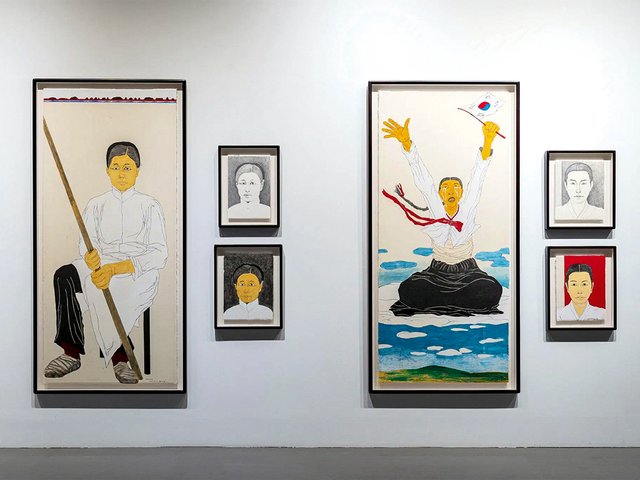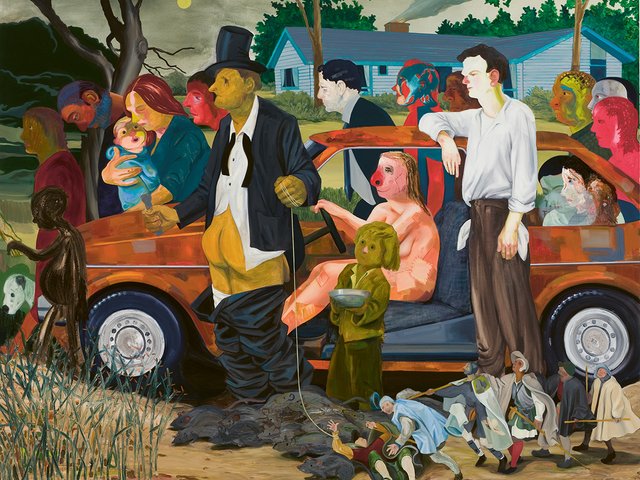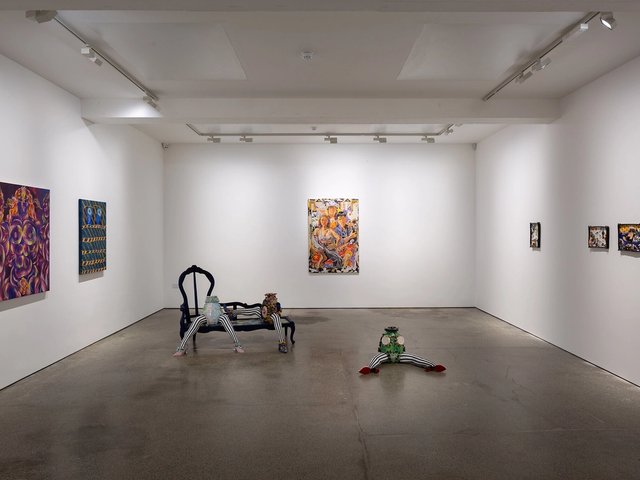As subsequent events were soon to confirm, it was rather optimistic of the artist Eileen Agar to declare in 1931 that the “feminine type of imagination” she identified as “womb magic” was a force capable of countering the “rampant and hysterical militarism” rising across Europe. But while Agar’s womb magic may not have prevented the Second World War, the major retrospective of her work that has just opened at the Whitechapel Gallery confirms that it sustained an unstinting determination to work, live and love on her own emphatically female terms over a career spanning more than 70 years. And now, as our public museums and galleries are at last permitted to open, in a number of shows by artists working today it appears that the inspirational legacy of this womb magic is living on in a range of incarnations.
Womb magic was about creation, not procreation (Agar had no children), and it fed into a richly experimental body of work, including her massive magnum opus, The Autobiography of an Embryo (1933-34), a vivid painting bursting with multicoloured form and incident more than two metres long. Other works such as The Unnatural Child and The Family Trio (1931) also blend human with animal and nature with culture in a knowing sideswipe at such traditional notions as Shakespeare’s Seven Ages of Man.
Suspicious of Surrealism
Agar felt strong affinity with Surrealism’s emphasis on the subconscious and the irrational, and she took part in the landmark show of international Surrealism that opened in London’s New Burlington Galleries in 1936—one of only a very few women to do so. But she was never a signed-up member. “One day I was an artist exploring highly personal combinations of form and content, and the next I was calmly informed I was a Surrealist!” she recalled. Agar was especially suspicious of Surrealism’s objectification of women as muses and fuellers of (male) fantasies, remarking in her autobiography that “double standards seem to have proliferated, and the women came off worse”.
To underline this point, Agar’s 1931 painting, The Modern Muse, is stylised and genderless, with a flattened, Cubist profile animated by radiating dashes, lines and zig-zags. But generally, as the proliferation of self-portrayals at the Whitechapel demonstrates, the defiantly glamorous Agar served as her own muse. Whether naked, collaged, clad in couture or parading through the streets in her wearable sculptural Ceremonial Hat for Eating Bouillabaisse (1936), she laid full claim to her own image. Sometimes, she also liked to turn the tables and make the men in her life her subject matter, most notably her husband, Joseph Bard, and also that arch-muse-devourer, Pablo Picasso. She photographed Picasso sitting on the beach when they holidayed together in the South of France, and then used the image as the source for her gently mocking Muse of Construction (1939), which featured a monumental seated figure composed of multicoloured Cubist planes.
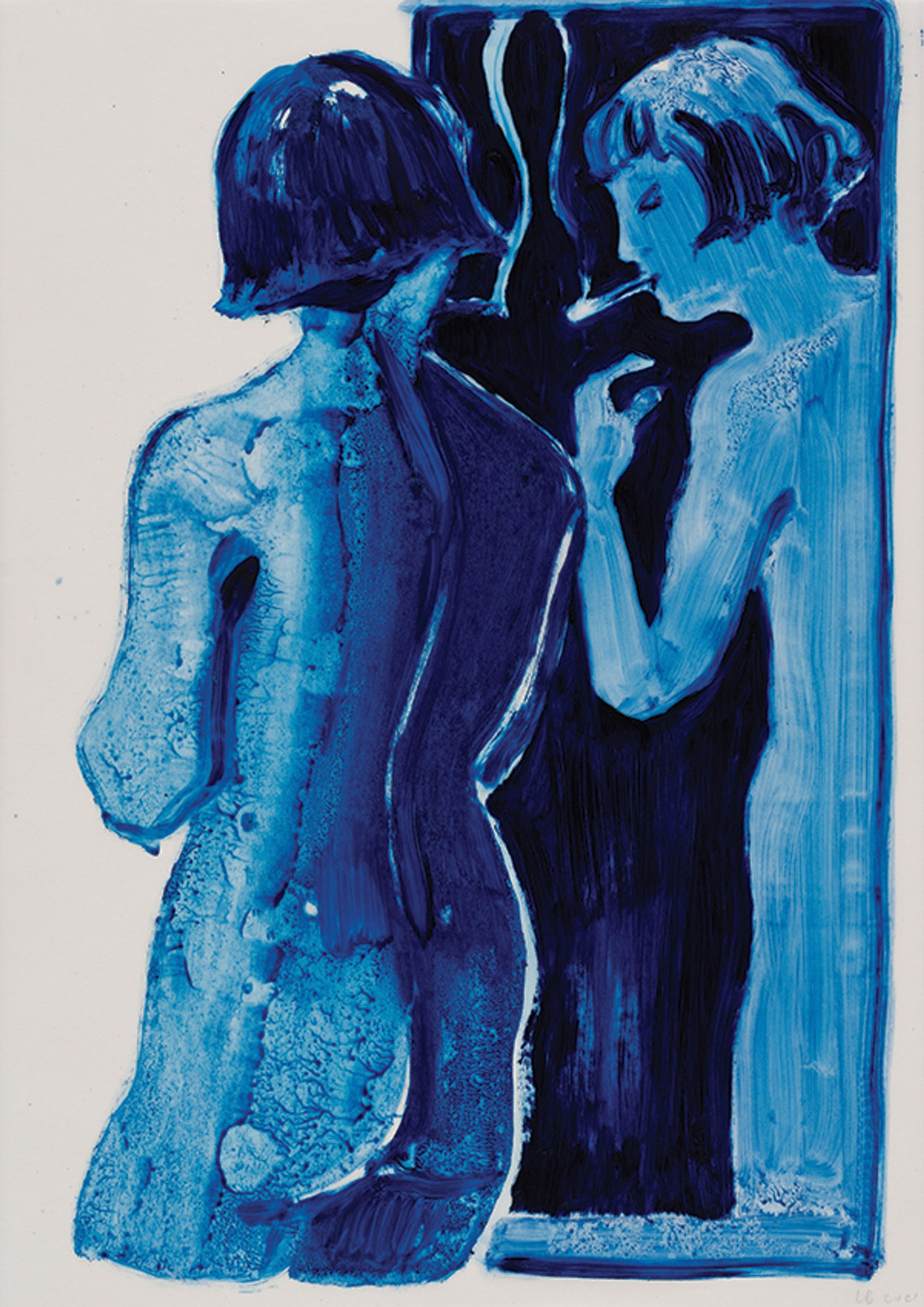
Lisa Brice’s Untitled (2021) celebrates Nina Hamnett, an artist on the fringes of the notorious Bloomsbury Group © Lisa Brice: PHOTO: © Mark Blower 2021; Courtesy the artist; Stephen Friedman Gallery; London and Salon 94; New York
Exit the muse
The debunking of the clichéd artist’s muse continues with a vengeance in a well-matched pair of shows in the galleries at Charleston House, the rural Sussex outpost of the Bloomsbury Group and the former home and studio of Vanessa Bell and Duncan Grant. Here, one of the fringe Bloomsbury members, Nina Hamnett, infamous as the flamboyantly bohemian lover and model of Modigliani, Roger Fry and Henri Gaudier-Brzeska—among many others—is rehabilitated as a considerable artist in her own right. In a nice reversal of fortunes, among Hamnett’s many psychologically penetrating portrayals are those whom she also modelled for—most notably Walter Sickert, Gaudier-Brzecka and a crouching, nakedly vulnerable Fry.
Hamnett also makes many appearances in an accompanying show of new paintings by the London-based South African Lisa Brice, who is renowned for relocating female figures from art history in the more hospitable setting of her cobalt-blue paintings. In this body of work, which Brice made during lockdown, images of Hamnett with her distinctive bob feature prominently. Some are taken from Hamnett’s own self-portraits, some from portrayals by others. She smokes, she drinks and she is often naked. But at the same time, she frequently wields paintbrushes, a palette and is surrounded by canvases: very much the functioning artist who calls—as well as drinks—her own shots.
Epic, cacophonous and full of industrial and agricultural detritus repurposed as sculpture, Heather Phillipson’s apocalyptic installation for Tate Britain’s cavernous Duveen Galleries is hardly womb-like. And yet, in its fantastical, free-wheeling energy and ambitious embracing of myriad materials and disciplines—from scene painting to siloes, from newsprint to projections several storeys high—this richly associative and politically resonant response to the madness of our times is, for me, the ultimate contemporary update of Agar’s womb magic. Its poetic title, Rupture No 1: Blowtorching the Bitten Peach, could easily describe many of Agar’s paintings and collages, and there is no doubt that Phillipson’s summation of her Duveen commission as being “apocalyptic and optimistic at the same time” would have struck a strong chord with Agar as she attempted to negotiate earlier tumults and traumas at home and abroad. Now, more than ever, as across the world the women leaders show the way a strong dose of womb magic is just what is needed.


